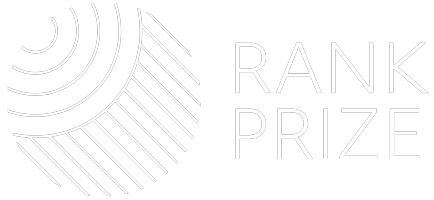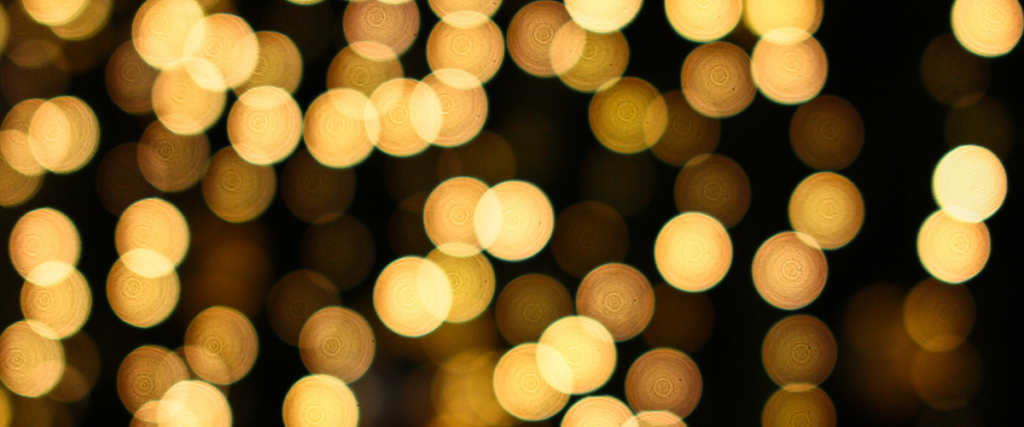Helen Gleeson on women and physics
Optoelectronics
To celebrate International Women’s Day we spoke to Rank Prize Optoelectronics Committee member Professor Helen Gleeson OBE FInstP about her work to improve gender balance in physics. Helen was awarded an OBE in 2009 for her outreach efforts, in particular her work to increase the number of girls studying physics.
Rank Prize: It’s International Women’s Day and the campaign theme this year is #BreakTheBias. Do you feel that we are making strides to #BreakTheBias against girls and women studying physics?
Helen Gleeson: We’ve definitely made some progress in breaking the bias, but both conscious and unconscious bias are still common. Our society expects scientists to conform to very specific stereotypes and one of my bugbears is that even when women are depicted on TV as scientists, they are ’nerdy’, eccentric or plain weird. The expectation is that scientists are white, middle class, middle aged men and that in itself is a huge barrier to women who are considering subjects such as physics or engineering. It’s perhaps also worth mentioning that there is clear evidence that the pandemic affected women scientists’ work more than men – simple biases whereby women are the primary (rather than joint) carers really took their toll. So while there has definitely been progress, there is still a long way to go.
RP: I read that your secondary school initially barred girls from studying maths past the age of 14! Can you tell us how you ended up with A levels in Maths, Further Maths, Physics and Chemistry?
HG: When I went to high school, the compulsory 11+ exam, which separated children into those considered academically able (grammar school students) and those suitable for trades (secondary modern students), had just stopped and comprehensive schools, designed for children of all abilities had been introduced. I was the in first ‘fully comprehensive’ intake at a school that had previously been a secondary modern school where girls were taught skills for roles that were felt to be suitable for women: typing, sewing, home economics etc. They were not expected to need maths, so they only studied that until they were 14.
My father took over as the headmaster at the same time I went to high school and he always felt passionately about equality. The first thing he did was change the rule that stopped girls from doing maths at 14 and he started on a process of bringing in equal opportunities in subjects – there was no segregation between the girls and boys in any subject. I was good at and enjoyed sciences and maths and chose them at GCSE (then O-levels) and A-level. By that stage, my dad had made sure there was no barrier to anyone from studying any of the subjects that were on offer. I’m very proud of him, not only for acting to ensure change, but for instilling in me a clear sense that it is right to offer equal opportunities to all.
RP: You’re passionate about working to increase the number of girls studying physics at A level. Are you pleased with the progress that has been made? What more needs to be done?
HG: Yes, I’m pleased with the progress that has been made – the statistics have changed at degree level from less than 10% women in the 1980s to about 25% women undergraduates now. In fact, this approximately mirrors the proportion of women who do A-level physics. However, 25% is still small – there’s no fundamental reason why it shouldn’t be 50%. In terms of what needs to be done – that’s a complex question to answer as if there was a single reason put women off physics, we would be able to solve the problem straightforwardly. We need to change not only girls’ perception of physics as not for them, but also others in society. We also need to change the perception of the subject itself as hard. Any subject is hard if it’s not what you’re ‘wired’ to do!
RP: Professor Dame Jocelyn Bell Burnell recalls all the male undergrads at Glasgow University jeering and banging the desks whenever she entered a lecture theatre. (She was the only woman in a class of 50.) That was in the 1960s. What was your experience of studying physics at the University of Manchester in the early 80s?
HG: Very different – I was one of several women (about 10%) in a class of about 120 and I found both my male contemporaries and the male lecturers (there were no women lecturers until I was appointed in 1989) supportive and kind in general. I always felt that I was treated as an equal.
RP: You were the first female Head of the School of Physics and Astronomy at the University of Leeds. What was the reaction from the field when you were appointed to that role?
HG: I was also the first female Head of School at the University of Manchester a few years previously! In both cases, my appointment was supported by the Schools which made a big difference as I felt I had a ‘mandate’ to be in the roles. The majority of people were of the view that I was in the role because of my ability and so my own ‘imposter syndrome’ was somewhat negated – there have always been some people who have told me (for every role I’ve won) that I only got it because I was a woman. I think more widely, the field was pleased that that another perceived glass ceiling had been removed as most people I’ve come across are positive about equality. I guess that those who aren’t tend to not confront me directly these days.
RP: Both you and Professor Dame Jocelyn Bell Burnell are fantastic role models for women studying physics today. Who were your other role models in your early career?
HG: I had a fantastic physics teacher, Mrs. Pat Clark, who inspired me to consider doing physics when I was still at school. She always encouraged curiosity and learning and although sadly she died a few years ago, I kept in touch with her throughout my career. I was also inspired by Pat Cladis who was a pioneer in liquid crystals (my area of research) and Dame Julia Higgins who I first met as an early career researcher.
RP: Generally speaking, do you think there are more visible role models for girls and women in physics today?
HG: Yes, at least in terms of women lecturers, professors and other professional scientists if they get to the point of doing a degree. There’s also more visibility in the media, especially in radio interviews where it is now relatively frequent that the person speaking about a breakthrough discovery or a large collaboration (common in particle physics and astronomy) is a woman. However, I’d still like to see better representation in general – and my comment about the depiction of women scientists on TV (away from factual things) stands. I’m also continuously disappointed at the representation of women at conferences as invited speakers which at many conferences is simply appalling, by no means even reflecting the demographics of the research area. If women who have achieved just as much as their male colleagues aren’t equally ‘celebrated’ for their research, why would early career researchers stay in the field?
RP: You are the chair of the selection panel for the Bell Burnell Graduate Scholarship Fund, which is committed to opening up physics to people from non-traditional backgrounds. What has it been like meeting candidates for the fund?
HG: In a word, inspirational. Its a huge privilege to be part of a scheme that is not only helping some amazing individuals, but is also changing the way some physics departments are thinking about how they recruit and support PhD candidates. Anyone can read the awardees’ inspirational stories at https://www.iop.org/about/support-grants/bell-burnell-fund/2021-awardees#gref
RP: You’ve just been awarded an Engineering and Physical Sciences Research Council (EPSRC) Established Career Fellowship as an Equality, Diversity and Inclusion Champion. Can you tell us a bit about your plans for the fellowship?
HG: The Fellowship will allow me to focus on researching some fascinating new areas of soft matter physics (2.5 days per week) and on ED&I issues (1 day per week). In terms of the ED&I activities, I’ll be working with the Institute of Physics (see below), but also with our Outreach Officer on understanding the barriers to students from disadvantaged backgrounds from studying physics and with others on issues around improving research culture generally.
RP: You were also recently appointed as the first Adviser to Council for Inclusion and Diversity for the Institute of Physics. What do you hope to achieve there?
HG: A lot of my time as ED&I Champion will be around working with the IoP on expanding Project Juno which has so far focused on gender issues to other minority groups – in fact the IoP supported me in my bid for the Fellowship. This is a really important project – Juno supported really significant change in the physics community around gender and the IoP is really well-placed to also support change more broadly. I’ll chair their Equality and Inclusion Committee and am currently working towards populating that so that there is as broad a voice as possible contributing to this next phase of change for the subject.
RP: What was the proudest moment of your career?
HG: Being nominated for the Times Higher Education Outstanding Research Supervisor of the Year in 2018 (pictured below). I actually won it – which was fabulous, but I was nominated by current and past students and after they’d sent the nomination in, they also sent me a copy. I was completely taken aback at what they’d written. I think that all teachers hope to make a difference. I’m incredibly lucky that my students took the time to tell me that I had.
RP: In 2022, are people still surprised when you introduce yourself as a Physics Professor?
HG: Yes they are! Less so than in the past in university physics environments, but certainly in the wider community.






